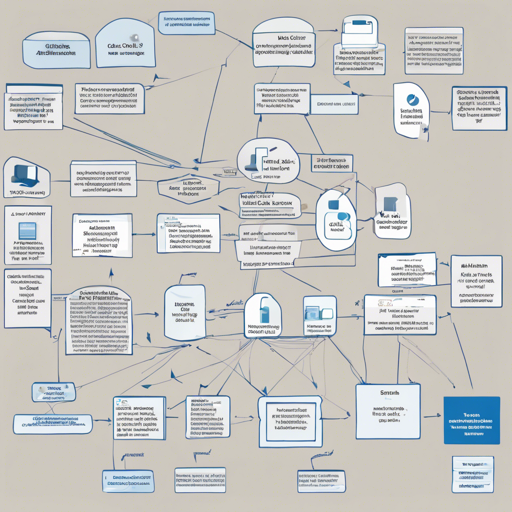In the ever-evolving realm of natural language processing (NLP), the GLiNER-Multitask model shines as an innovative tool capable of extracting essential information from text. This versatile model, inspired by the architecture of BERT, can perform a variety of information extraction tasks through the power of a simple prompt. In this article, we’ll guide you through the steps to install, utilize, and troubleshoot the GLiNER-Multitask model.
Installation of the GLiNER Library
Before diving into the functionalities of this mighty model, you need to set up the GLiNER Python library. Here’s how you can install it:
pip install glinerOnce you have the library installed, you can import the GLiNER class to begin your extraction tasks.
Extracting Information: Step by Step
Let’s tackle various tasks the GLiNER model can handle. Think of it as a versatile Swiss army knife for your text-related needs!
1. Named Entity Recognition (NER)
To find specific entities like names or dates in a text, you would use the following:
from gliner import GLiNER
model = GLiNER.from_pretrained("knowledgator/gliner-multitask-large-v0.5")
text = "Microsoft was founded by Bill Gates and Paul Allen on April 4, 1975."
labels = ["founder", "date"]
entities = model.predict_entities(text, labels)
for entity in entities:
print(entity.text, "=", entity.label)2. Relation Extraction
For identifying relationships between entities in a text:
text = "Microsoft was founded by Bill Gates and Paul Allen on April 4, 1975."
labels = ["Microsoft founder", "Microsoft inception date"]
entities = model.predict_entities(text, labels)
for entity in entities:
print(entity.label, "=", entity.text)3. Open Information Extraction
Providing a prompt to extract open-ended information could look like this:
prompt = "Find all positive aspects about the product:"
text = "I recently purchased the Sony WH-1000XM4 headphones and they are remarkable."
input_ = prompt + text
labels = ["positive_aspect"]
matches = model.predict_entities(input_, labels)
for match in matches:
print(match.text, "=", match.score)4. Summarization
Summarization allows for concise information capture. You can specify how much detail to extract:
prompt = "Summarize the given text:"
text = "Several studies have reported..."
input_ = prompt + text
threshold = 0.5
summaries = model.predict_entities(input_, labels, threshold=threshold)
for summary in summaries:
print(summary.text, "=", summary.score)Troubleshooting Tips
Here are some common troubleshooting tips if you run into issues:
- Invalid model name: Double-check the model path specified while loading the GLiNER model.
- Dependencies: Ensure all dependencies are installed. Sometimes missing libraries will hinder your progress.
- Text not processing: Verify your input text format and confirm that it doesn’t contain conflicting characters.
- Entities not detected: Adjust the threshold parameters; sometimes relaxations are necessary for successful extraction!
For more insights, updates, or to collaborate on AI development projects, stay connected with fxis.ai.
Understanding the Code with an Analogy
Think of using the GLiNER model as sending an office intern to gather information from a pile of documents. Each task represents a different query you can make of the intern:
- Named Entity Recognition (NER): The intern goes through the documents to highlight important figures and dates—like an archivist.
- Relation Extraction: The intern ties together the relationships between entities—like putting together a family tree.
- Summarization: The intern provides a brief overview of documents—the perfect note-taker.
- Open Information Extraction: The intern relies on guidelines to identify key insights without a pre-defined structure—similar to a journalist gathering information.
Final Thoughts
The GLiNER-Multitask model is a robust and flexible tool that can cater to various information extraction needs efficiently. Whether you’re working on a research paper, developing an application, or just exploring the fascinating world of NLP, the GLiNER model stands ready!
At fxis.ai, we believe that such advancements are crucial for the future of AI, as they enable more comprehensive and effective solutions. Our team is continually exploring new methodologies to push the envelope in artificial intelligence, ensuring that our clients benefit from the latest technological innovations.

